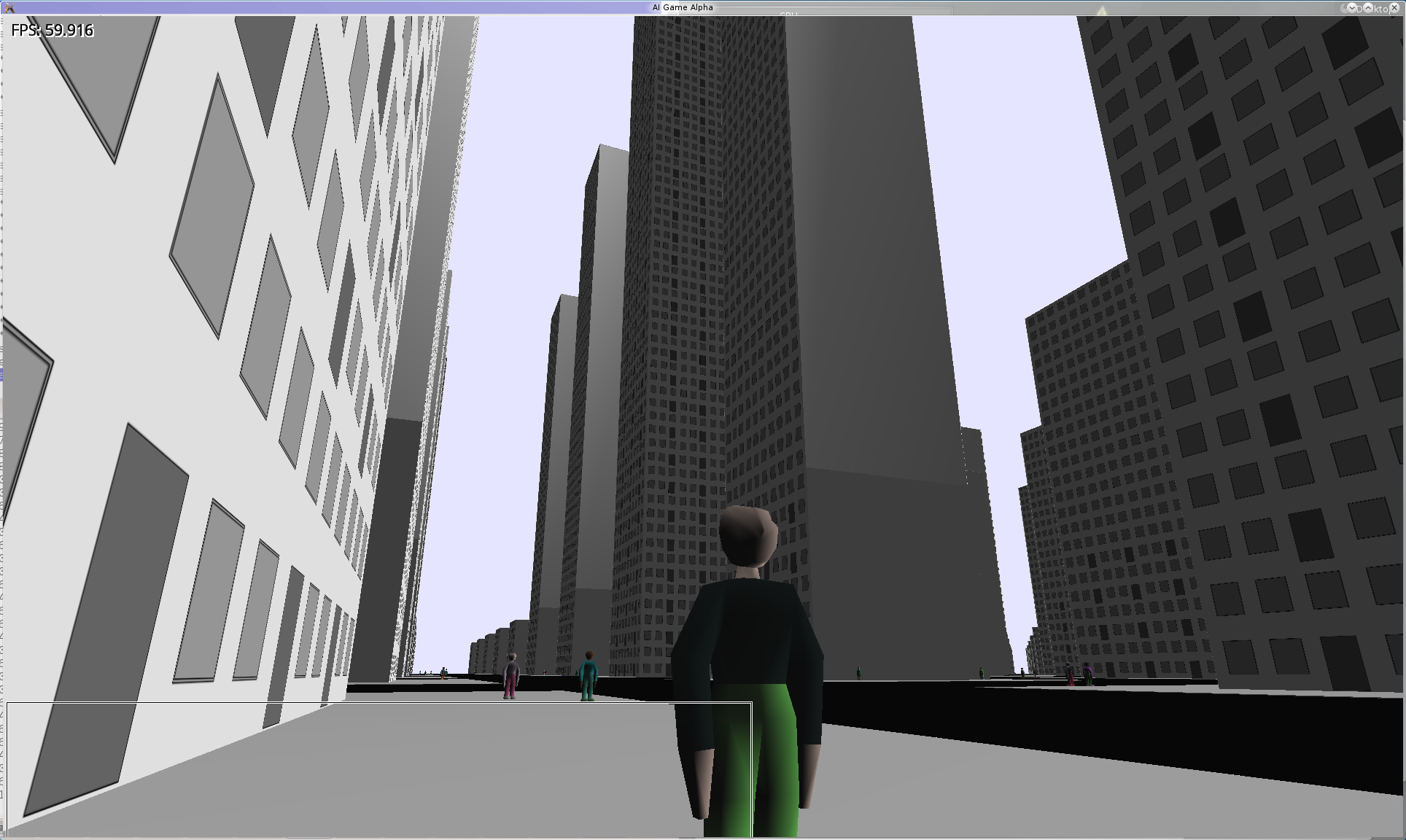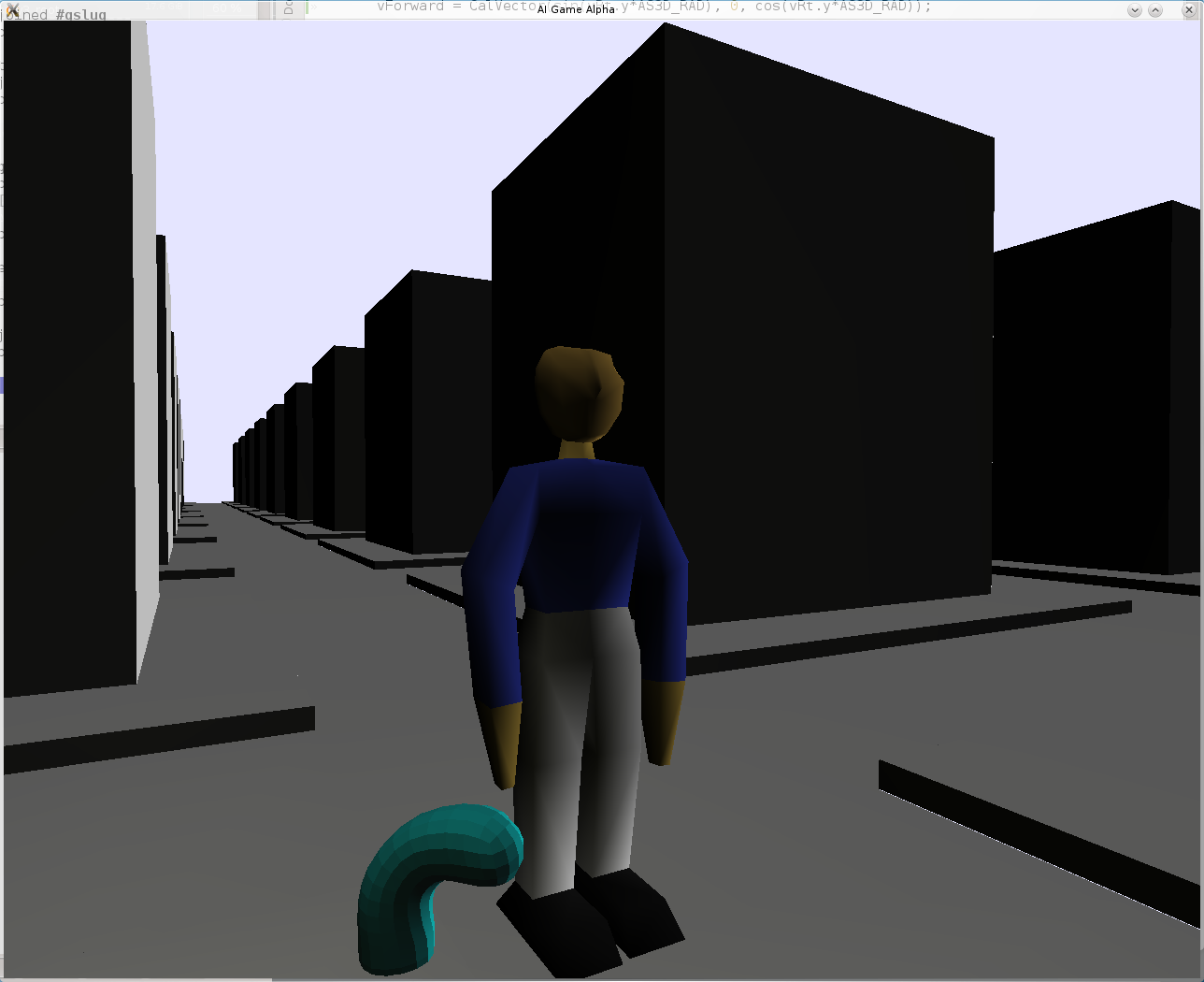Nov 18, 2012
Sometimes you get more done by doing nothing at all. It's pretty rare, so you always want to do something rather than nothing. But some nights just don't go the way you wanted. Tonight I woke up at 1am wanting to do a little bit of hacking on my website. Everything was going alright. I only made 5 updates to the website.
update comments set moderation=5 where id = 1507606; update comments set moderation = 0 where moderation <= -1 and (content not like '%http:%' and posted_by not like '%http:%' and subject not like '%http:%' and content not like '%https:%' and posted_by not like '%https:%' and subject not like '%https:%'); update comments set moderation=5 where subject = 'qdoiyQEAaWd'; update comments set moderation=5 where subject = 'ZNzbBCfWReAQVApO'; update comments set moderation=5 where subject = 'CxBCrAoBcAnBXxzvJ';
It was then that I discovered that I had lost useful data before a certain date. That's alright, it was intentional but I want the data back if I have it. It turns out that I have several backups of the data I lost. So I decided to create a database and import the data and do some easy database import if the data is just there.
Read more »
Oct 29, 2012
I've been making excellent progress on my game. What you can see in the image below (way below) is random NPC colors, buildings, and GUI elements. The text outline isn't working like it should be, but that's not a big problem. All NPCs are animated and in this scene I'm rendering 100 at 60 FPS (it uses a lot of CPU, but it should be possible to improve greatly). The AI has been hooked up in such a way that you can talk to it. There's a bunch of stuff left to do, but I'm really enthusiastic about how far I am. I mean, all parts of the game are started. The graphics are poor, but I didn't set out to write a video game that was going to rest upon beautiful graphics. This game is special, it's going to have something that other games lack. It will be unique in so many ways, I doubt anyone will be able to say that it is yet another clone of <insert game here>. Of course I still am working my day job (and lots of hours as well), so it's bedtime instead of coding time.

Sept 17, 2012
I've been telling a few of my friends that I've been writing a game. I have an entire game engine with a tiny amount of gameplay sitting in my vault under the names "Hack Mars" and "AltSci Cell" (Cell is where this blog comes from).

Aug 16, 2012
I spent a few hours on art so I thought I might spend a few minutes writing about it and sharing it. The first one I worked on was 3D hair in Blender. A while back I learned how to use the Cycles render in Blender which makes very nice looking renders for 3D models made in Blender. My proof of concept was a beautiful bucket of water splashing on a cube. It worked [195kB]. So what could I do that would be more practical? Wet t-shirt contest? Not yet. Instead I've always wanted to render hair in real-time like the Final Fantasy series. I've had troubles even getting the look right. It turns out that Blender is quite good at rendering hair. My hair [296kB] looks a lot less awesome than their hair, but the physics and mesh is absolutely perfect. How did I make my hair? I took a plane and an icosphere. I subdivided the plane and moved the corners and middles outward. This makes a star shape. I moved the outer part of the star down and I moved the middle part of the star down a bit as well. Then I made the star (now almost hair) into a cloth with 80x friction. I turn the icosphere into a collision object and start the animation. When it looks right, I stop it and apply the cloth modifier. Then I turn it into a cloth again. Then I can animate the icosphere and the hair. Simple, no? I modified my samples to 40 so that it looks a little less grainy. Samples is a very important part of Cycles and can be found in the render tab under the Integrator section. If you set samples to 10000, it will take a long long time to render. Artists often set this fairly high for their end product.
My second piece of art I worked on tonight was a simple greyscale 2d line art
sketch with my new tablet (pen tablet, not screen tablet). The sketch which was
done entirely with pen is first.

Then I cleaned up a few things with mouse and filled in the hair and skin.




